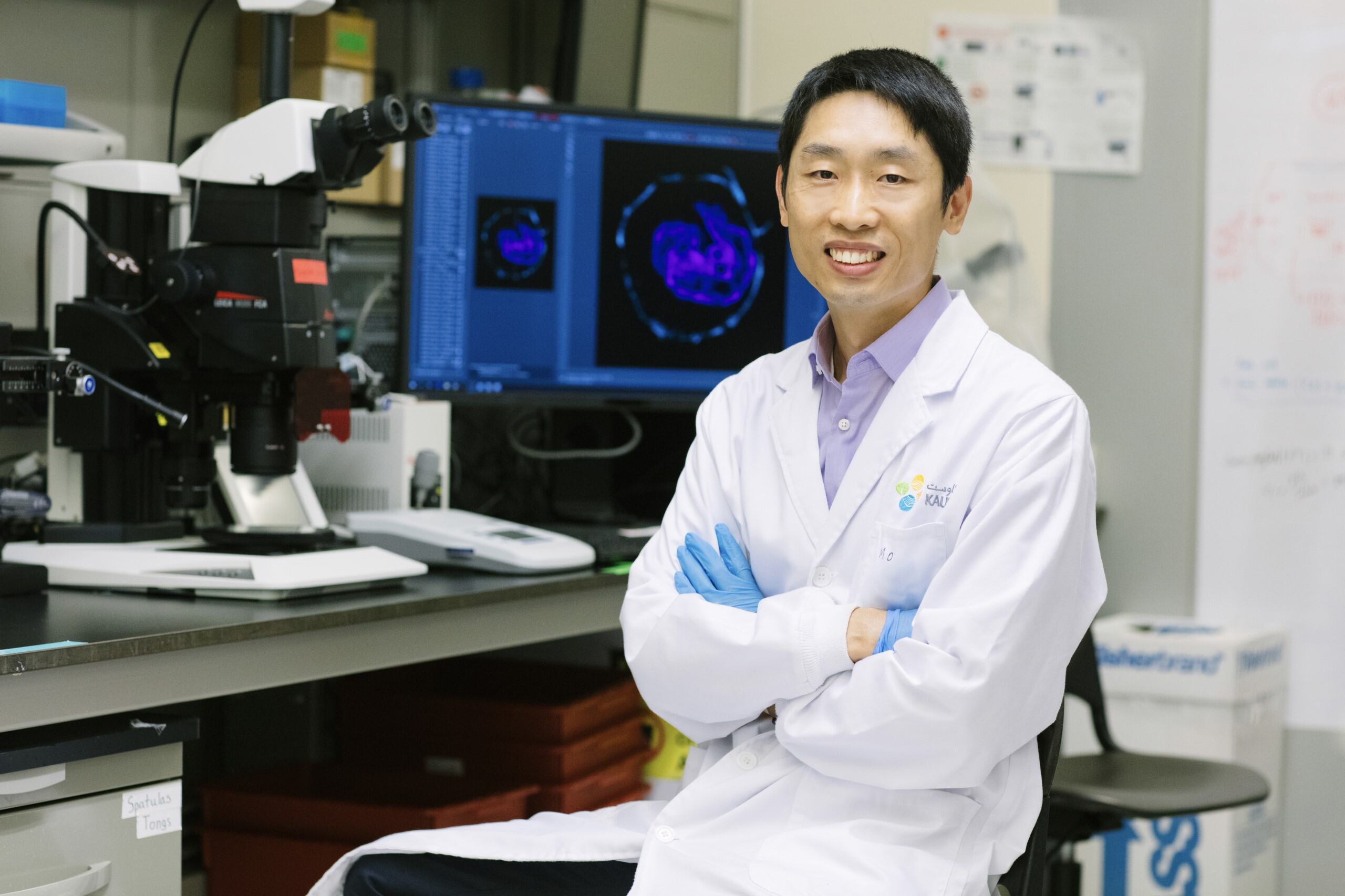KAUST gene sequencing technology gives new hope to patients

Gene sequencing has become an invaluable diagnostic tool for identifying the mutations causing genetic diseases. However, many of these responsible mutations remain untraceable due to technological limitations. Researchers at King Abdullah University of Science and Technology (KAUST) and King Faisal Specialist Hospital and Research Centre (KFSHRC) have together developed a new gene sequencing system, NanoRanger, that promises a cheaper and faster tool for patients suffering from genetic diseases of an unknown mutation.
Among the best studied genetic diseases using gene sequencing technologies are Mendelian diseases, which are diseases caused by an abnormality in a single gene. Muscular dystrophy and sickle cell anemia are two examples of Mendelian diseases, as are over 80% of the rare diseases that over 400 million people suffer from. And because of the Kingdom’s high rate of consanguinity, a significant number of the diseases unique to Saudi Arabia are Mendelian diseases.
Each of the more than 60,000 genes in the human body is represented by two alleles, one from the mother and one from the father. In nearly all Mendelian diseases, both alleles are mutated. On the other hand, if the mutation exists in only one allele, then the person is a carrier: they do not suffer from the disease, but their offspring are at risk, since if both parents are carriers, they may both pass the mutation. As a result, the family of someone suffering from a Mendelian disease has far more carriers. Consequently, communities where consanguinity is common show an unusually high prevalence. Moreover, numerous Mendelian diseases are responsible for infant mortality and morbidity in Arab nations.
“We have learned a tremendous amount about Mendelian diseases through gene sequencing, but many more remain undiagnosed and require long-read sequencing for their diagnosis,” explained KAUST Associate Professor Mo Li, whose laboratory developed NanoRanger.
Gene sequencing is a standard tool in medical genetics. The original gene sequencing was based on short-read sequencing, which has provided invaluable information on genetic diseases. However, short-read sequencing is not capable of analyzing certain complex structures in DNA, including those typically found in rare Mendelian diseases. Long-read sequencing fills these knowledge gaps but is technically more expensive and demanding.

Building on existing long-read sequencing technologies, NanoRanger offers a faster and simpler process to detect DNA abnormalities, such as structural variants, at base resolution. To grasp how small that resolution is, human DNA is constituted of a chain of four base types, and the human genome is over 6 billion bases long. Moreover, a mutation in only a single base is enough to cause a debilitating disease like the aforementioned sickle cell anemia or others, such as cystic fibrosis.
Li said that NanoRanger is based on optimizing several processes in established gene sequencing.
“NanoRanger uses simple molecular biology strategies to fish out genomic regions that are suspected of harboring complex mutations, deletions or rearrangements.”
To show the medical benefits of NanoRanger, KAUST scientists used it to analyze clinical samples from 13 patients as part of a collaboration with Prof. Fowzan Alkuraya at KFSHRC, identifying genetic abnormalities that were undetectable previously. Thus, NanoRanger could provide a diagnosis not just for the patient but also for the parents, who may not have realized they were carriers and the risk that brings to their offspring. Indeed, using the information gained from NanoRanger, one couple has opted to conceive by in vitro fertilization to assure their child does not inherit a disease for which they both carry the causal mutant. However, it should be noted that this service is still not available to patients. Finally, the analysis requires less DNA than other long-read sequencing methods, enabling more types of tests to be done.
Industry has taken note of this work. Globally, there are two leading commercial companies that provide long-read sequencing machines. KAUST is the first institute in Saudi Arabia to be a certified service provider for both, and one of them has reached out to Li about the further development and commercialization of NanoRanger.
“We have filed for a patent and plan to integrate NanoRanger into standard diagnostic routines in Saudi Arabia,” said Li.
The article can be read in the journal Med.

